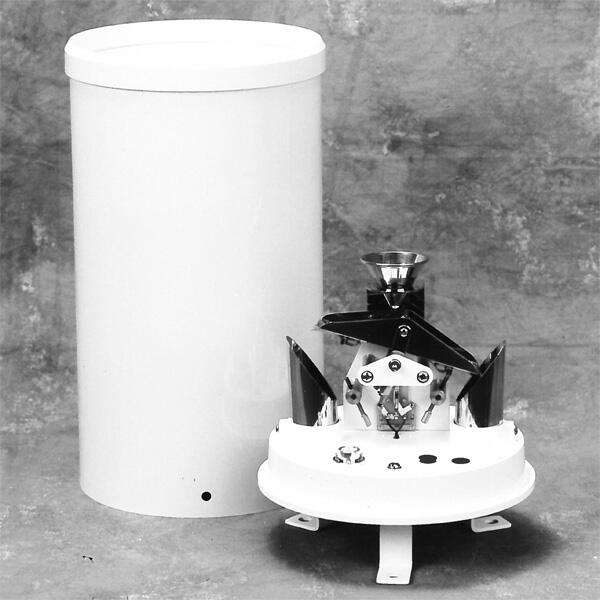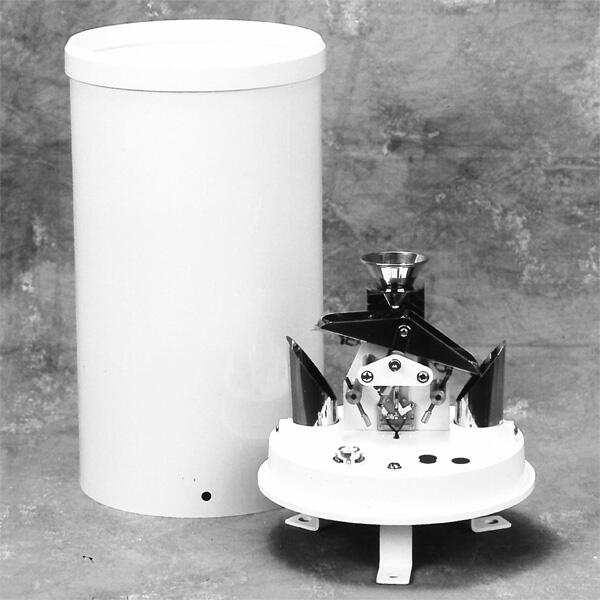
# Rain Gauge Design and Functionality Overview
A rain gauge is an essential meteorological instrument used to measure the amount of precipitation over a specific period. Its design and functionality have evolved over centuries, but the core principles remain the same. This article provides an overview of the design and functionality of rain gauges, highlighting their importance in weather monitoring and water resource management.
## Basic Design of a Rain Gauge
The most common type of rain gauge is the standard cylindrical gauge, which consists of a funnel-shaped collector and a measuring tube. The collector is designed to capture rainwater and direct it into the measuring tube, where the volume of precipitation is recorded. The measuring tube is often calibrated in millimeters or inches, allowing for precise measurement of rainfall.
Another popular design is the tipping bucket rain gauge, which uses a small bucket mechanism to measure rainfall. As rainwater fills one bucket, it tips, emptying the water and triggering a sensor to record the event. This design is particularly useful for automated weather stations, as it provides real-time data on precipitation.
## Functionality of Rain Gauges
Rain gauges function by collecting and measuring the amount of liquid precipitation that falls over a specific area. The collected water is then measured either manually or automatically, depending on the type of gauge. Manual rain gauges require periodic reading and recording of the water level, while automated gauges transmit data electronically to a central system.
One of the key functionalities of a rain gauge is its ability to provide accurate and reliable data. This data is crucial for various applications, including flood forecasting, agricultural planning, and climate research. By understanding the patterns and intensity of rainfall, meteorologists and hydrologists can make informed decisions to mitigate the impact of extreme weather events.
## Types of Rain Gauges
There are several types of rain gauges, each with its own unique design and functionality. Some of the most common types include:
– Standard Cylindrical Gauge: This is the simplest and most widely used type of rain gauge. It consists of a cylindrical container with a funnel at the top to collect rainwater.
– Tipping Bucket Gauge: This gauge uses a tipping mechanism to measure rainfall. It is commonly used in automated weather stations due to its ability to provide real-time data.
– Weighing Gauge: This type of gauge measures the weight of the collected rainwater, which is then converted into a measurement of precipitation. It is highly accurate and is often used in research applications.
– Optical Gauge: This gauge uses optical sensors to detect and measure rainfall. It is less common but offers high precision and is used in specialized applications.
## Importance of Rain Gauges
Rain gauges play a critical role in weather monitoring and water resource management. They provide essential data that helps in understanding precipitation patterns, which is vital for predicting floods, droughts, and other weather-related events. Accurate rainfall measurement is also crucial for agricultural planning, as it helps farmers determine the best times for planting and irrigation.
In addition to their practical applications, rain gauges are also important for scientific research. They provide valuable data for studying climate change, hydrology, and environmental science. By continuously monitoring rainfall, scientists can track changes in precipitation patterns over time and develop strategies to address the challenges posed by a changing climate.
## Conclusion
Rain gauges are indispensable tools for measuring precipitation and understanding weather patterns. Their design and functionality have been refined over the years to provide accurate and reliable data. Whether used in manual or automated systems, rain gauges are essential for weather monitoring, water resource management, and scientific research. As our understanding of climate and weather continues to evolve, the importance of rain gauges in providing critical data will only grow.
Keyword: rain gauge description
